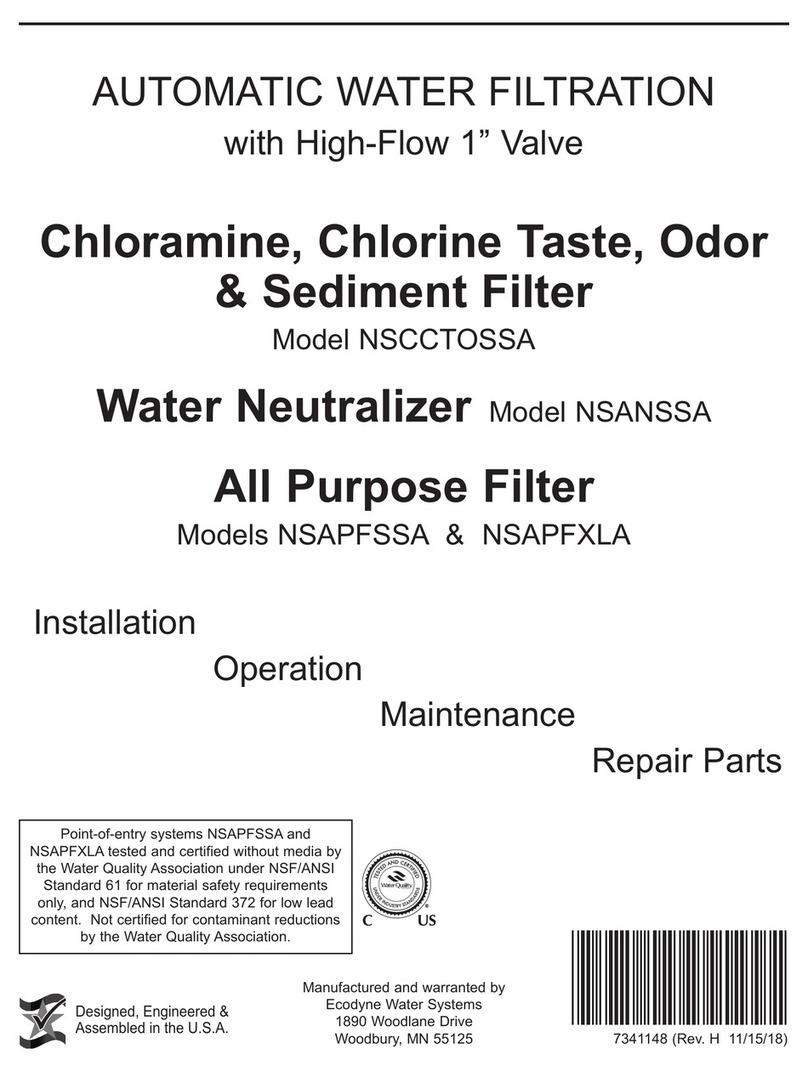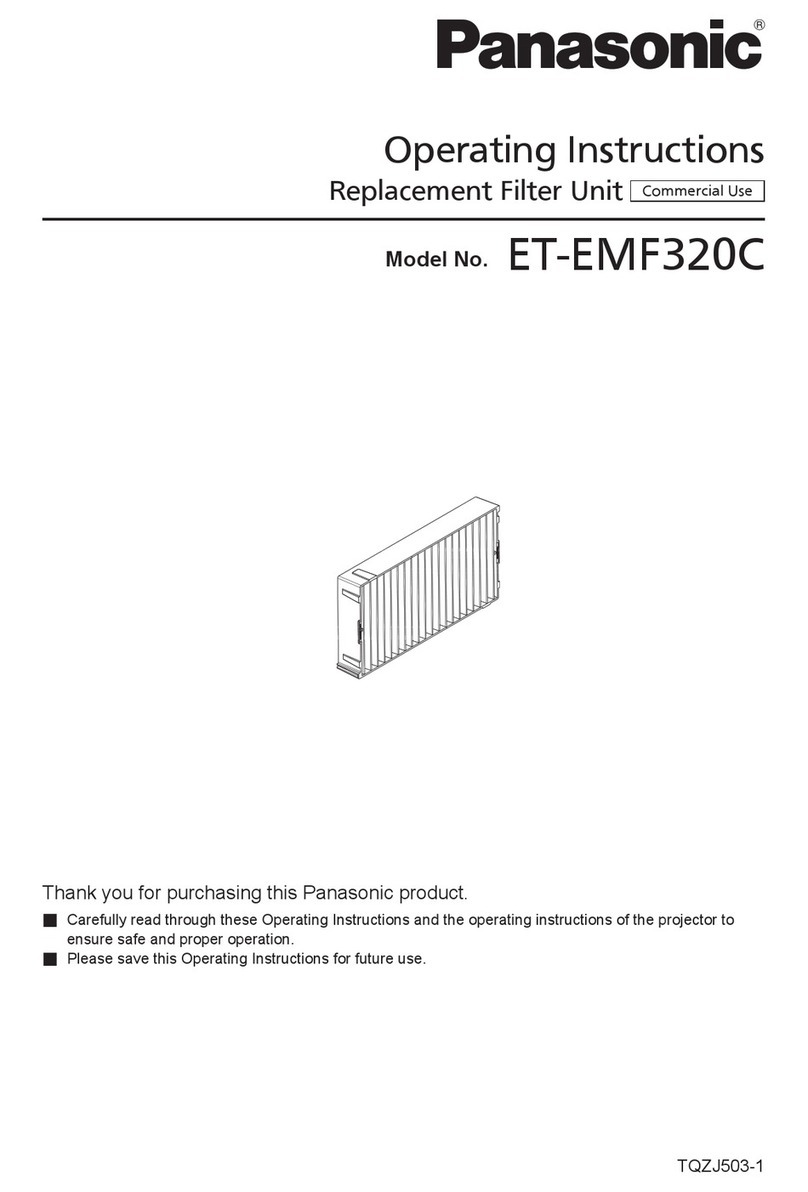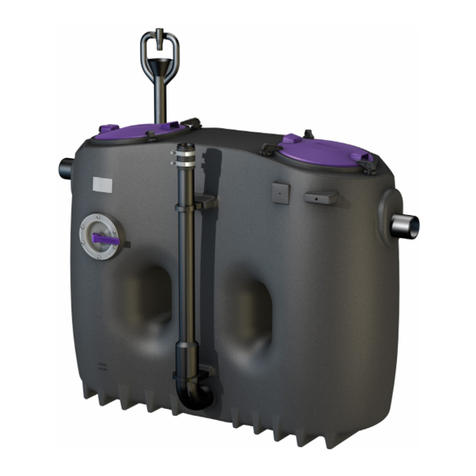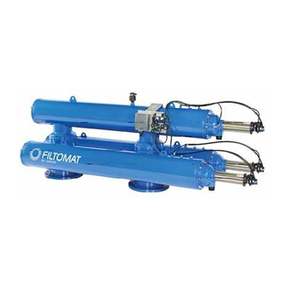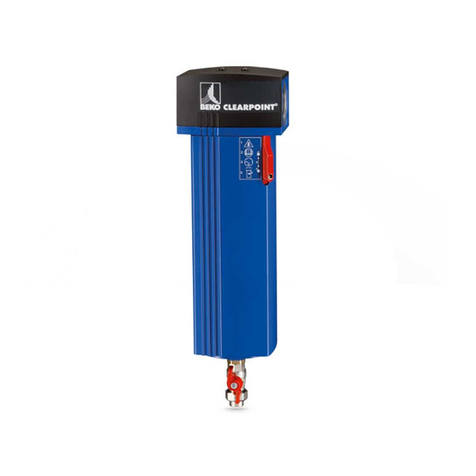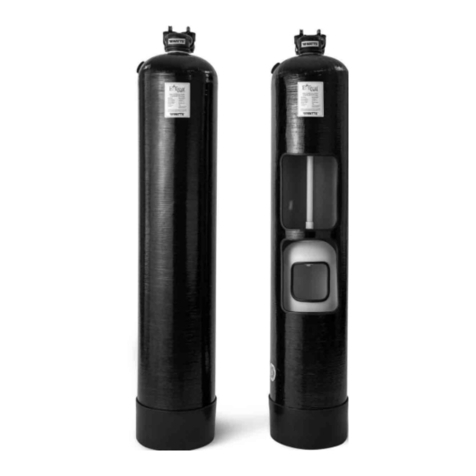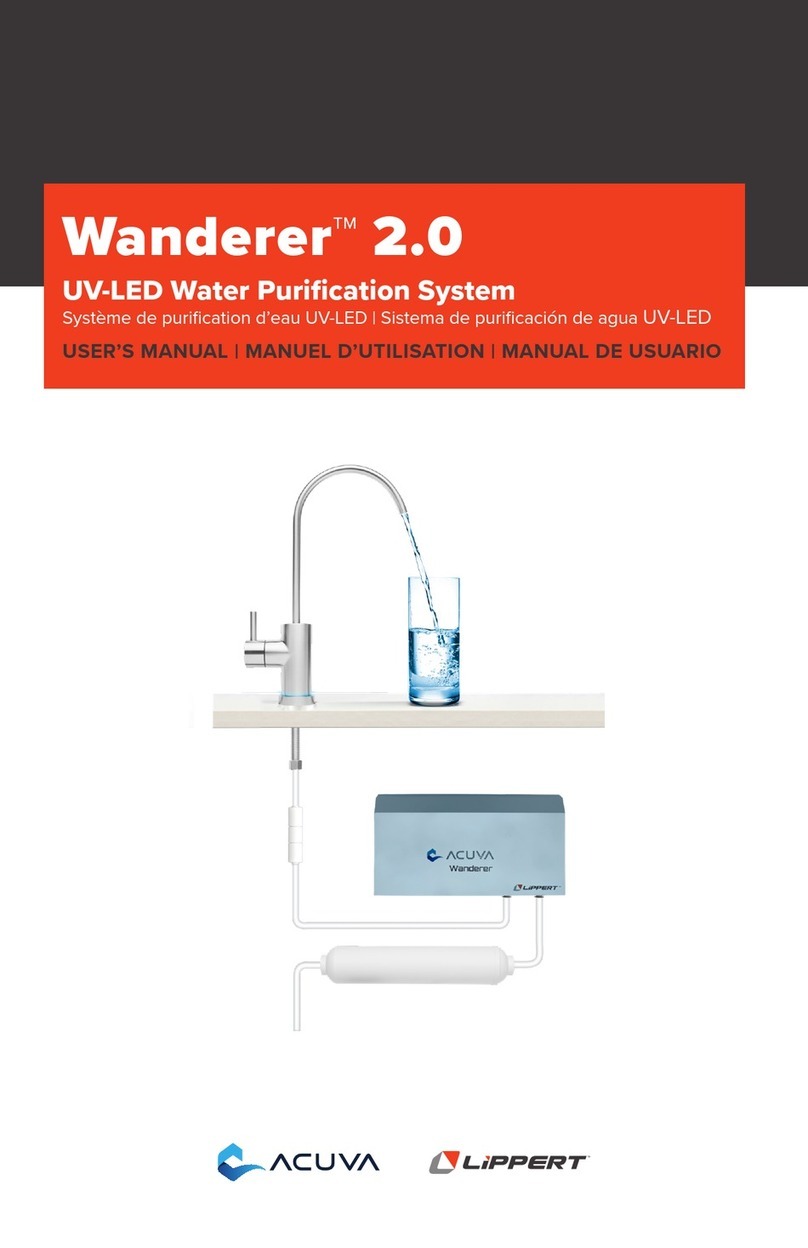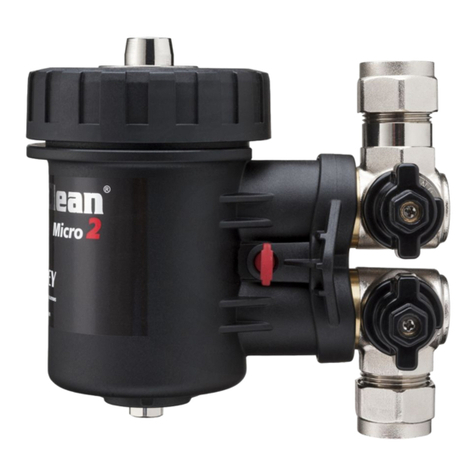The installed air blower must be sited above the filter body or a
non-return valve installed before the air-supply to limit the
potential for accidental water ingress to the blower
Operation
•Before working on the filter or valves, make sure the pump is switched off
and the filter is de-pressurised. For greater safety, disconnect the pump and
possible electric installations connected to the mains.
•Never connect the filter directly to the water supply, since it’s pressure can
be higher than the maximum pressure of the filter (2bar / 30psi).
•As the parts connect using O-rings, it is not necessary to overtighten any
nuts / bolts.
•Do not clean plastic parts with solvents.
•Do not let children handle the filter or play near them.
•Protect the filter from freezing.
•Before connecting the pump, make sure that the filter lid is closed.
•Install the filter in an area with ventilation and adequate drainage as close
as possible to the water body, below the water level to help prevent an air
lock or vacuum from occurring.
IMPORTANT –USE OF VALVES ON OVERFLOW LINE
In certain situations it may be beneficial to install a valve on the overflow line.
These situations may include (but are not limited to):
•Larger installations where multiple filters are installed in series or parallel
which may require independent cleaning but that have a linked overflow
line.
•Situations where an open return is a significant distance from drain, where
water recovery is vital but that cannot accommodate a suitable pipe-run.
Care MUST be taken to ensure that when cleaning, the overflow line is OPEN. This
will allow for the media to be circulated by incoming air. If the overflow line is not
open, the incoming air will cease and the filter pack will not be able to be cleaned.





















